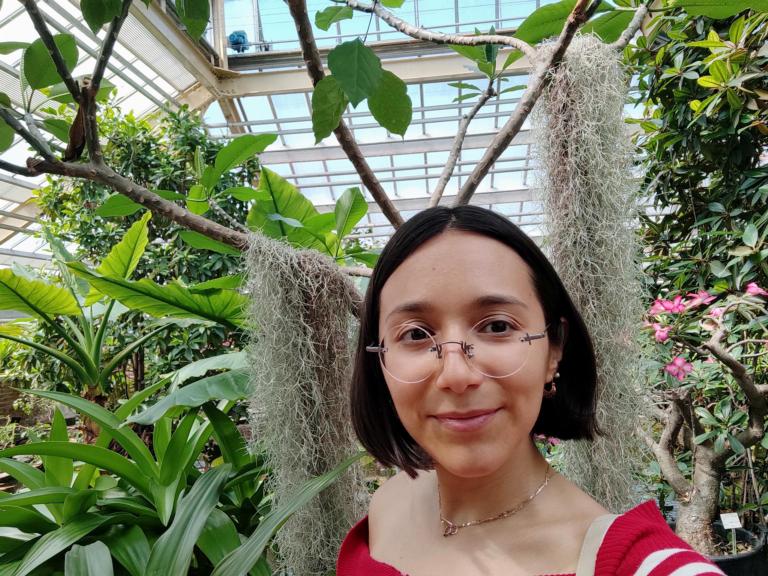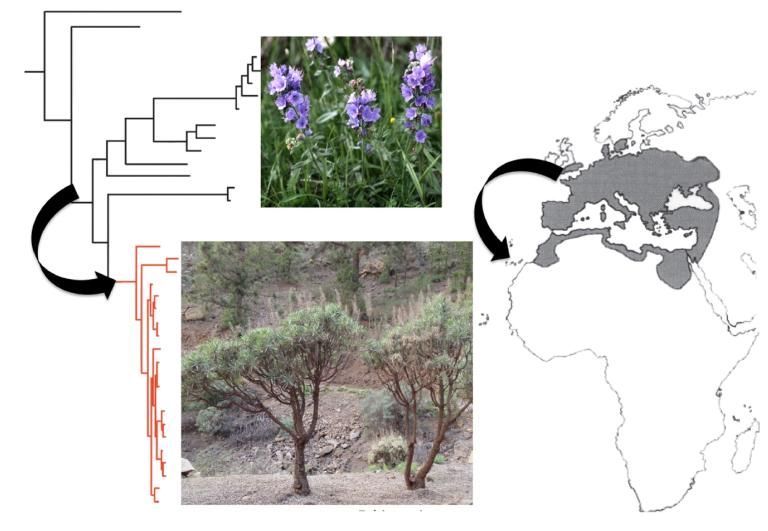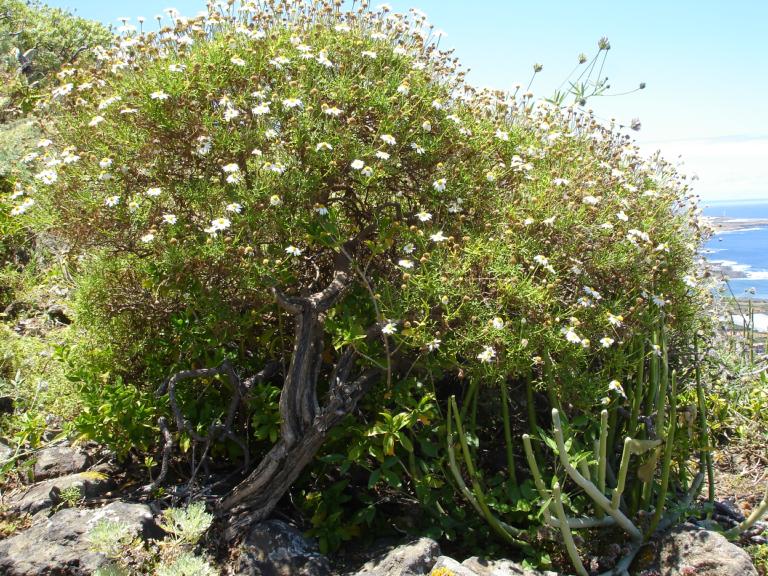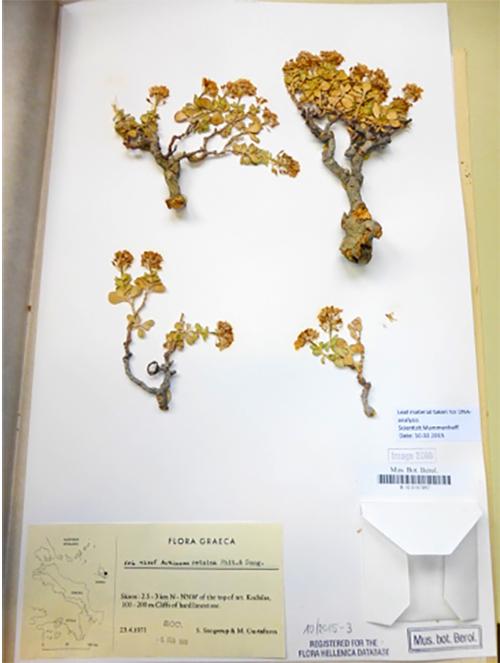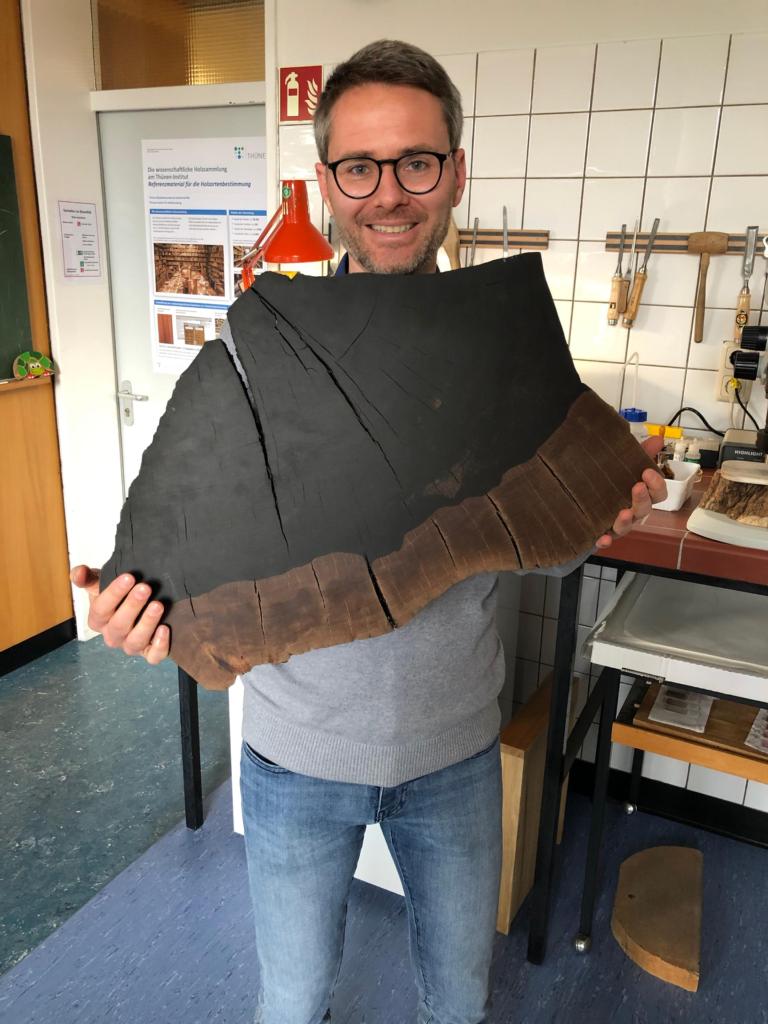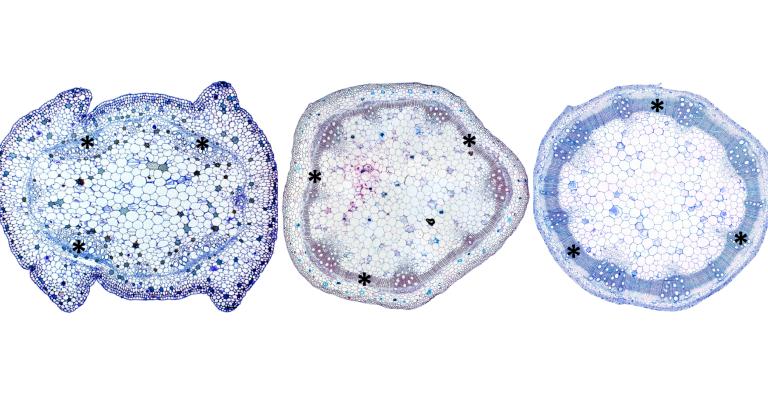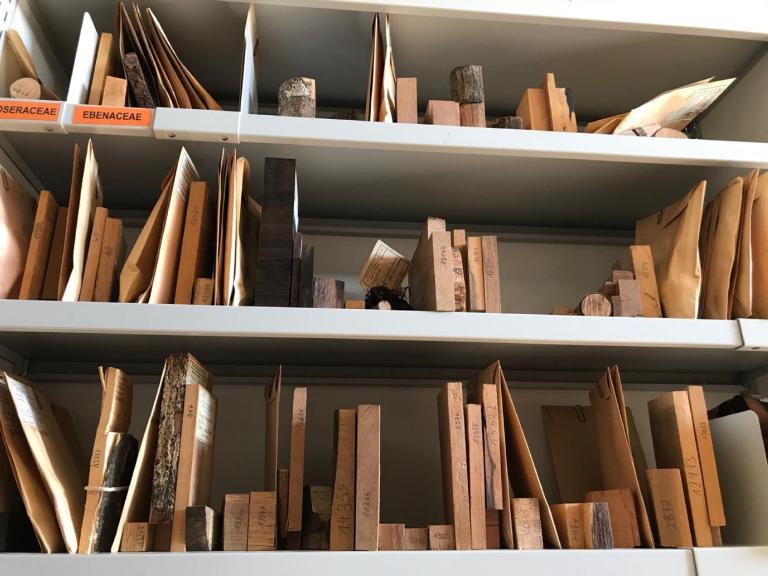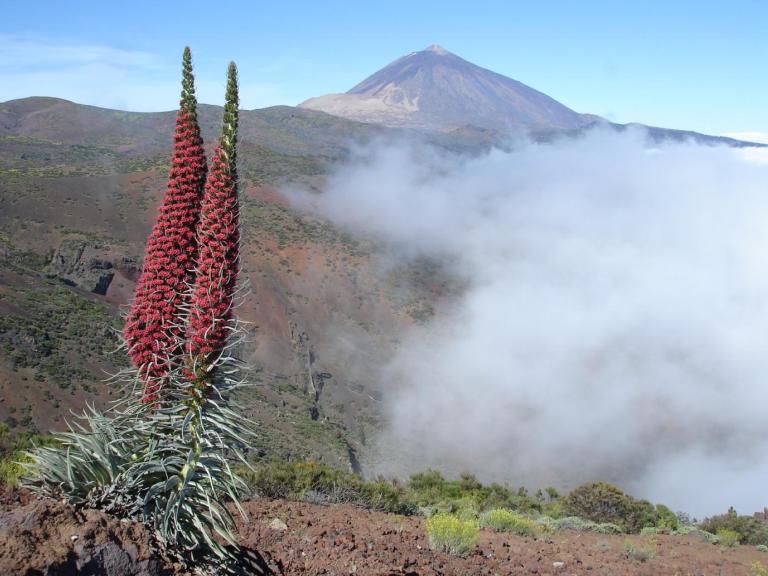
Since plants cannot run away, they have developed a wide array of functional adaptations throughout evolution to survive changing conditions. Our research group focuses on wood formation, one of the most fundamental evolutionary innovations that gave rise to countless woody species. Woodiness has developed hundreds of times independently during evolutionary history, presumably driven by drought for most lineages. We combine anatomy, evolutionary biology, ecophysiology and genetics to identify environmental and generic drivers of woodiness based on collections in Naturalis and living plants in the field.
Whoworks here
FormerFT members
Our projectsand activities
Our projects are centered around wood, with three major research lines:
- Identifying evolutionary transitions, exploring their potential drivers and assessing their impact on diversification,
- Disentangling the role of stem woodiness/lignification on drought tolerance in plants,
- Investigating microscopic wood anatomy to identify and date woods.
Examples of current activities:
- test drought and other potential drivers of woodiness for multiple lineages
- establish Brassicaceae as a new model group to understand woodiness
- investigate why plant lineages have diversified
- compare key drought tolerance traits among related plants
- build a wood identification tool to fight illegal logging
- date oak woods using dendrochronology and isotopes
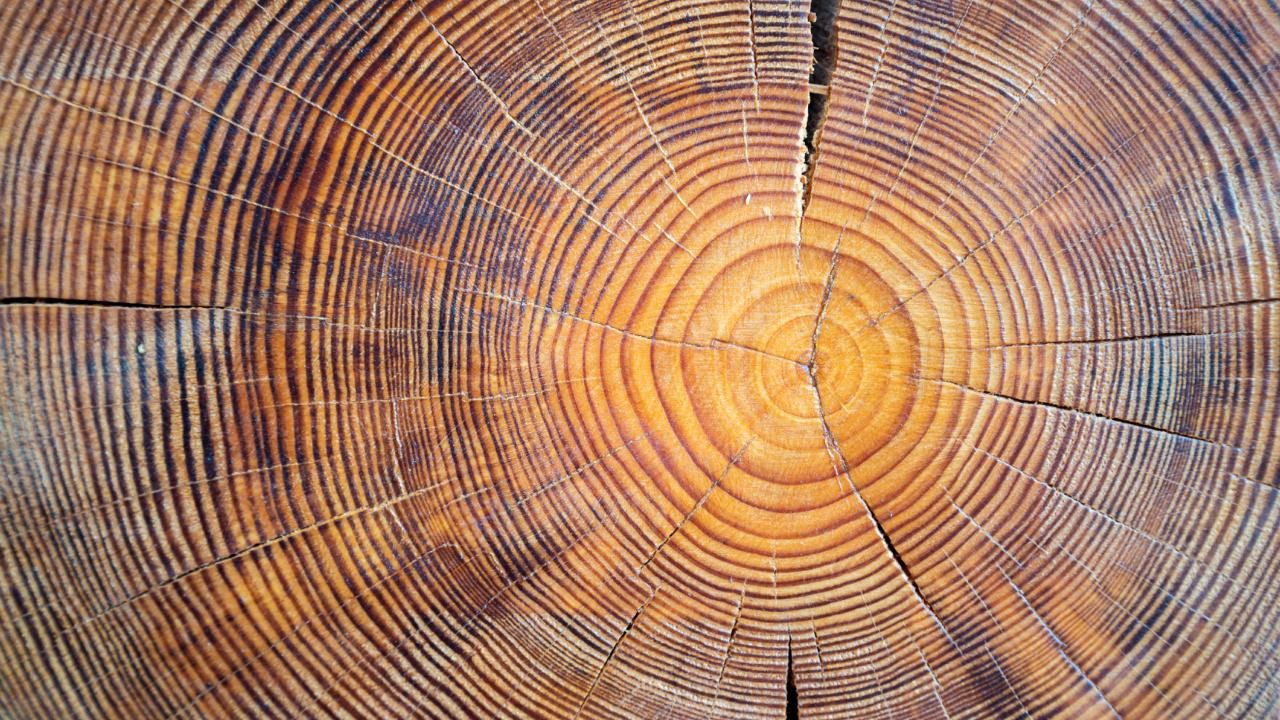
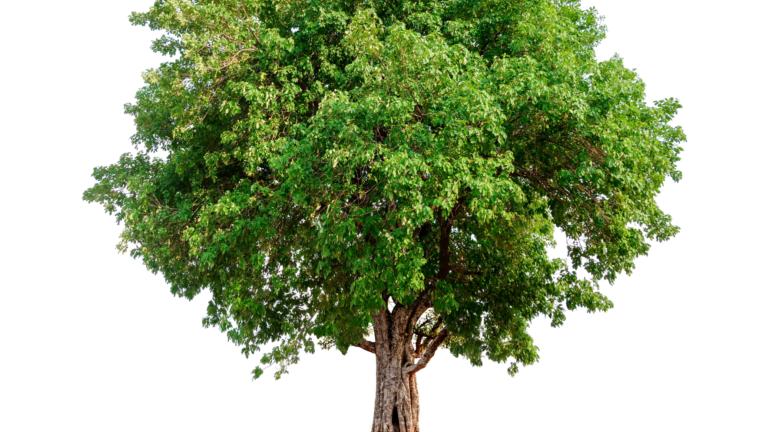
Teachingactivities
The group leader is involved in the Biology curriculum at Leiden University, where he teaches plant anatomy for ca. 200 1st year BSc students, and evolution of woodiness across major plant lineages for ca 50 MSc students.




